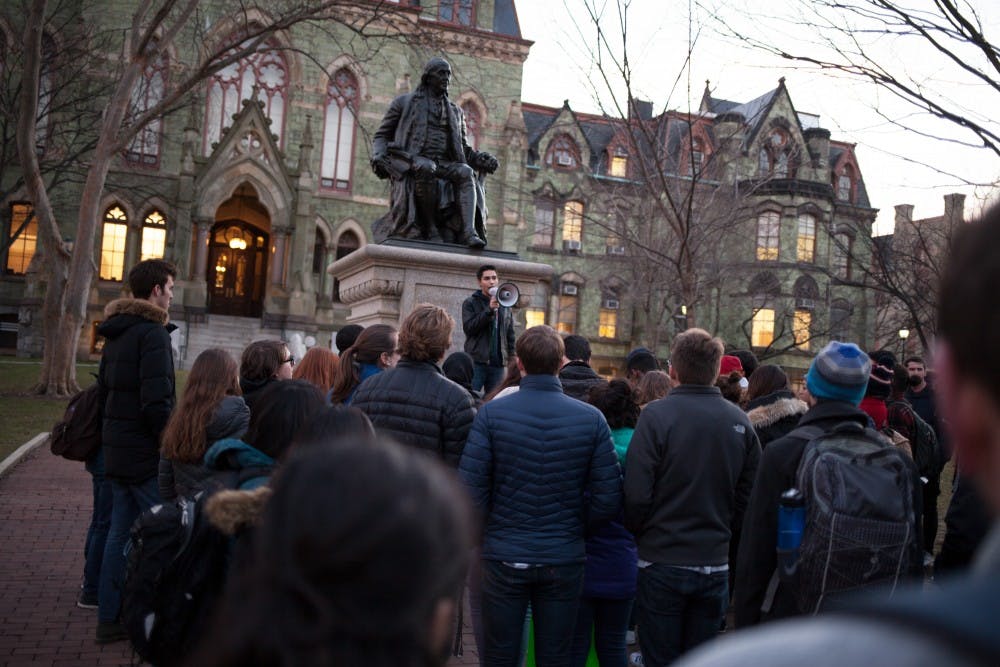A nonpartisan modeling tool designed by Penn researchers shows that the Trump administration's proposal to drastically lower legal immigration will negatively affect the United States economy.
Introduced by Republican Senators Tom Cotton (R-Ark.) and David Perdue (R-Ga.) earlier this year, the Reforming American Immigration for Strong Employment Act proposes reducing the number of legal immigrants each year by 50 percent, while increasing the portion of highly skilled and educated immigrants to 75 percent. In early August, the White House announced that it would back the proposal.
The Penn Wharton Budget Model, which is an interactive and nonpartisan tool that analyzes public policy proposals, has released their analysis of the RAISE Act. It is online and available to the public.
Kimberly Burham, the PWBM’s managing director of legislation and special projects, said the model shows that the RAISE Act will have a negative economic impact.
“We show that if you lower the number of legal immigrants, that has an expected negative impact on jobs, since it's less people in the country. Even if you increase the amount of skilled immigrants, you will still have lower GDP, and a lower GDP per capita," she said.
“All of those things can lead to less growth in the long run, shrinking the size of the pie for everyone.”
Its analysis found that between the years 2018 and 2040, average annual GDP growth would be 1.7 percent per year under current policies and 1.6 percent if the RAISE Act were passed. These figures may seem similar but Burham explained that small differences are very significant for large economic figures like GDP.
Proponents of the RAISE Act claim that reducing the supply of labor will increase wages for American laborers. But Burham said in actuality, the RAISE Act would only change the average hourly wage from $42.02 to $42.12.
”It’s [a] very small increase and it doesn’t induce a lot more people to participate in the labor force,” she said.
The PWBM analysis also found that the RAISE Act could have severe consequences for the federal budget, since it would increase the old-age dependency ratio, which refers to the proportion of those not in the workforce and those in the labor force. By cutting down on the number of legal immigrants, the government would also be cutting down on the number of overall workers in the United States.
In an interview with Knowledge@Wharton, PWBM Faculty Director and Wharton professor Kent Smetters said reducing the number of immigrants would make it harder for the government to pay for expensive entitlement programs.
“As younger members of the workforce, immigrants help pay for Social Security and Medicare for the elderly. Social Security, Medicare and Medicaid — are going to absorb the entire federal budget at some point," he said. "They’re on an exploding path.”
Sociology professor Amada Armenta said that the RAISE Act would directly impact Penn students since it would sharply cut family-based immigration.
“The RAISE Act would eliminate many paths for people who want to come and join their families,” she said, adding that if implemented, the RAISE Act would reverse decades of immigration reform.



